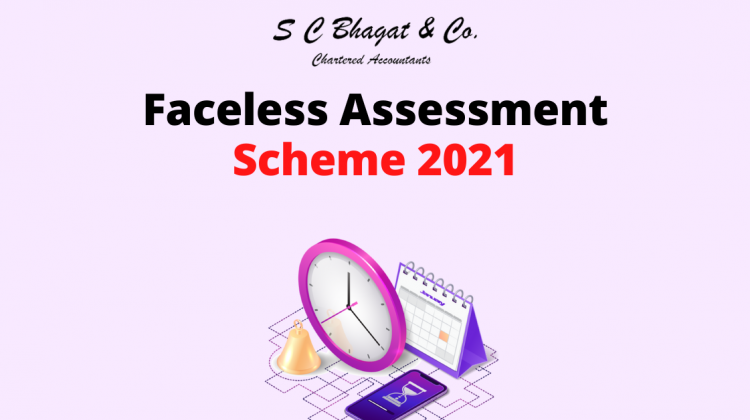The Faceless Assessment (1st Amendment) Scheme, 2021 was just unveiled by the Central Board of Direct Taxes. The Prime Minister has begun a faceless tax audit to honour honest taxpayers.
What exactly is the 2019 faceless assessment scheme?
The Faceless Assessment Scheme was introduced by the Central Government to improve the transparency, efficiency, and accountability of Income Tax assessments.
It proposes a team-based determination of arms’ length price with dynamic jurisdiction to increase resource utilisation through economies of scale and functional specialisation.
What is the goal of the Faceless Assessment (1st Amendment) Scheme, 2021?
This was changed to align the provisions of the faceless assessment system 2019 with those of section 144B of the Income Tax Act.
Faceless Assessment Scheme Characteristics
The features of a faceless assessment scheme are as follows:
- Only a system using data analytics and Artificial Intelligence can select a taxpayer.
- Cases are assigned at random using an automated system.
- There is no need to attend the income tax office because there is no physical interface.
- Territorial jurisdiction is being phased out in favour of dynamic jurisdiction.
- Assessment and review by a group of people.
NATIONAL CENTER FOR E-ASSESSMENT (NeAC)
- It is a single point of contact between the taxpayer and the Internal Revenue Service.
- It was opened on the 7th of October, 2019 in Delhi.
- The Principal Chief Commissioner of Income Tax is in charge of the centre.
- It encourages the centralised administration of e-assessment proceedings.
CENTER FOR REGIONAL E-ASSESSMENT (ReAC)
- It is divided into four sections: assessment, review, technical, and virtual.
- The Chief Commissioner of Income Tax leads each ReAC (CCIT).
- Delhi, Mumbai, Chennai, Kolkata, Ahmedabad, Pune, Bangalore, and Hyderabad are all ReAC locations in India.
UNIT OF EVALUATION
- It encourages the identification of relevant points or issues for determining any liability (including refund) under the Act.
- Looking for more information or clarity on the topics or issues that have been discussed.
- Analysis of material provided by the assessee or any other individual, as well as any other functions that may be required for assessment reasons.
UNIT FOR VERIFICATION
The verification unit encourages the use of e-assessment to fulfil the verification function, which includes:
- Cross-checking, enquiring
- Accounting books are examined.
- Witnesses are questioned and statements are taken down.

